Home>Furniture & Design>Outdoor Furniture>How To Grow Outdoor Mushrooms
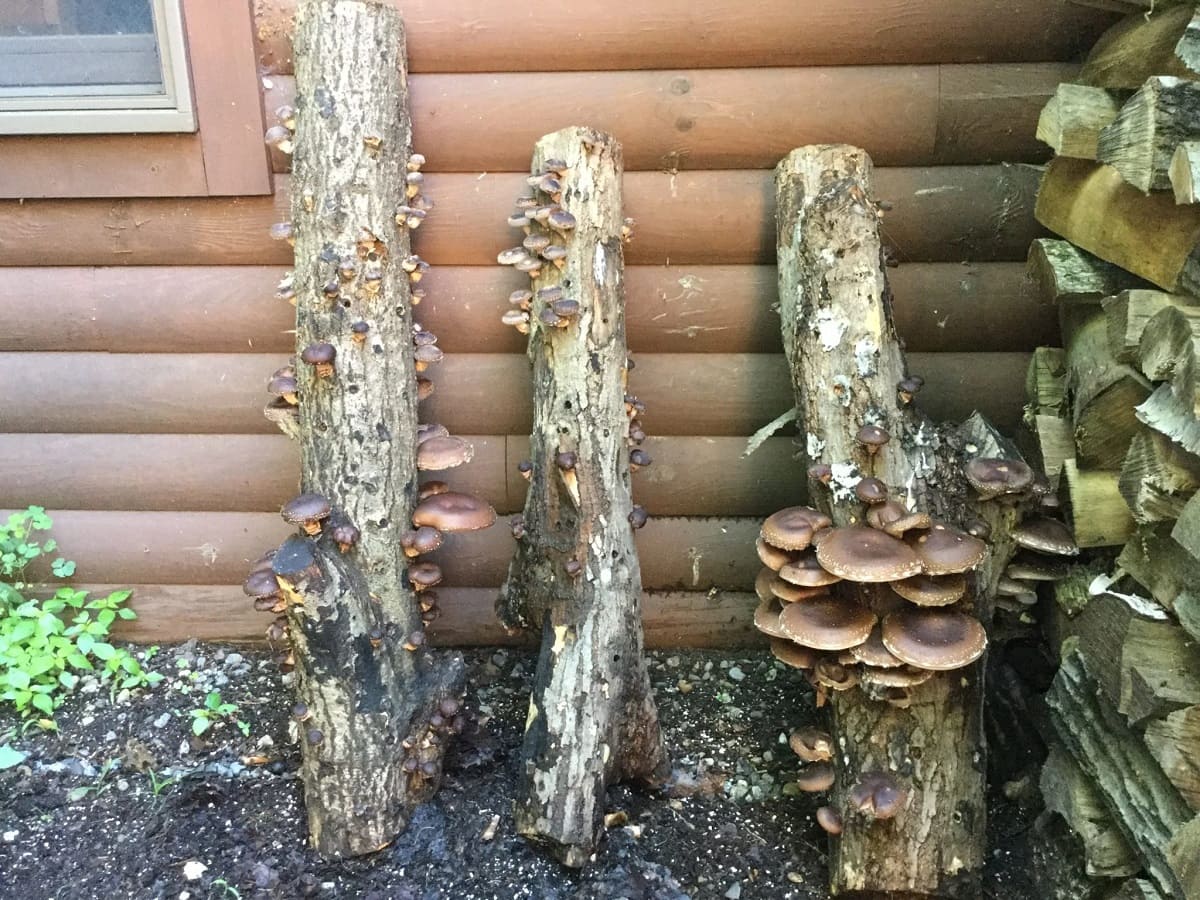

Outdoor Furniture
How To Grow Outdoor Mushrooms
Modified: August 20, 2024
Discover the best tips for growing outdoor mushrooms and enhancing your outdoor space with our expert outdoor furniture and design ideas. Explore now!
(Many of the links in this article redirect to a specific reviewed product. Your purchase of these products through affiliate links helps to generate commission for Storables.com, at no extra cost. Learn more)
Introduction
Welcome to the fascinating world of growing outdoor mushrooms! Whether you are an avid gardener, a nature enthusiast, or simply someone intrigued by the idea of cultivating your own delicious and nutritious mushrooms, this guide will walk you through the essential steps to successfully grow mushrooms in an outdoor setting.
Mushroom cultivation has a rich history, dating back thousands of years and spanning numerous cultures around the globe. Today, it continues to captivate individuals with its blend of science, art, and culinary delight. The process of growing outdoor mushrooms offers a unique opportunity to connect with nature, observe the marvels of mycology, and savor the satisfaction of nurturing a crop from start to finish.
As you embark on this journey, you will discover that growing outdoor mushrooms is not only rewarding but also surprisingly accessible. With the right knowledge and a touch of patience, you can transform your outdoor space into a thriving mushroom haven, yielding an abundant harvest for culinary creations and culinary delights.
In the following sections, we will delve into the key factors that contribute to successful outdoor mushroom cultivation. From selecting the ideal location and mushroom species to preparing the growing area and tending to the unique needs of mushrooms, this guide will equip you with the insights and techniques needed to embark on your mushroom-growing venture with confidence.
So, roll up your sleeves, embrace the wonders of nature, and get ready to embark on an enriching journey as we explore the art of growing outdoor mushrooms. Whether you are a novice or an experienced gardener, this guide is designed to inspire and inform, empowering you to cultivate a bountiful harvest of delectable mushrooms in your own outdoor space.
Key Takeaways:
- Embrace the art of growing outdoor mushrooms to connect with nature, nurture a sustainable crop, and savor the delights of homegrown culinary treasures.
- Choose the right location, understand mushroom needs, and enjoy the rewarding journey of cultivating outdoor mushrooms for a bountiful and flavorful harvest.
Read more: Why Do Mushrooms Grow In Grass
Choosing the Right Location
When it comes to growing outdoor mushrooms, selecting the right location is paramount to the success of your endeavor. Mushrooms thrive in specific environmental conditions, and the location you choose will significantly impact their growth and productivity. Here are some essential factors to consider when identifying the ideal spot for your outdoor mushroom cultivation:
- Shade and Moisture: Look for a location that offers partial shade and maintains a consistent level of moisture. Mushrooms require a humid environment to flourish, and a spot with dappled sunlight or indirect light can provide the perfect balance of shade and moisture.
- Protection from Wind: While mushrooms benefit from gentle air circulation, it is important to shield them from strong winds that can dry out the growing area and disrupt their development. Choose a location that offers some protection from excessive wind exposure.
- Proximity to Water Source: Consider the accessibility of a water source near the chosen location. Whether it’s a natural water feature or a convenient water supply, having easy access to water will facilitate the maintenance of optimal moisture levels for your mushroom bed.
- Soil Quality: Evaluate the soil quality in the prospective location. While mushrooms do not rely on soil for nutrients, they do benefit from a loose, well-draining substrate. Avoid areas with compacted or waterlogged soil, as these conditions can impede mushroom growth.
- Environmental Harmony: Assess the overall harmony of the location with its surroundings. Consider the presence of nearby trees, plants, and wildlife, as well as the general ecological balance. A location that harmonizes with its natural environment is more likely to support healthy mushroom growth.
By carefully considering these factors, you can pinpoint a location that provides the optimal conditions for cultivating outdoor mushrooms. Whether you are utilizing a garden bed, a designated mushroom patch, or another outdoor space, the right location will set the stage for a flourishing mushroom crop.
Selecting the Right Mushroom Species
Choosing the appropriate mushroom species is a crucial decision that will shape the outcome of your outdoor mushroom cultivation. With a diverse array of mushroom varieties available, each possessing unique growth requirements and culinary characteristics, it’s essential to select a species that aligns with your preferences and the environmental conditions of your chosen location. Here are some popular mushroom species suitable for outdoor cultivation:
- Shiitake (Lentinula edodes): Renowned for their rich, savory flavor and meaty texture, shiitake mushrooms are a popular choice for outdoor cultivation. They thrive in hardwood forests and can be cultivated on logs or wood chips, making them well-suited for outdoor environments with ample shade and moisture.
- Oyster (Pleurotus spp.): Oyster mushrooms encompass a diverse group of species, each offering a delightful range of flavors and textures. They are adaptable and can be cultivated on a variety of substrates, including straw, sawdust, and coffee grounds. Oyster mushrooms flourish in environments with good air circulation and moderate humidity.
- White Button (Agaricus bisporus): Known for their mild flavor and versatile culinary applications, white button mushrooms are well-suited for outdoor cultivation in areas with cool, moist conditions. They can be grown in compost or soil and are a popular choice for beginners due to their ease of cultivation.
- Lion’s Mane (Hericium erinaceus): With its striking appearance and delicate, seafood-like flavor, lion’s mane mushrooms are a unique and sought-after species for outdoor cultivation. They thrive on hardwood substrates and benefit from a shaded, humid environment, making them an excellent choice for outdoor growing areas.
- Reishi (Ganoderma lucidum): Reishi mushrooms, revered for their potential health benefits and earthy, bitter flavor, can be cultivated outdoors on hardwood logs. They require a shaded, well-ventilated environment and are well-suited for outdoor spaces with a natural, forest-like ambiance.
Before selecting a mushroom species, consider the specific growing requirements of each variety and assess how well they align with the environmental conditions and resources available in your outdoor space. Additionally, take into account your culinary preferences and the intended use of the harvested mushrooms, as different species offer distinct flavors and textures for culinary exploration.
By choosing the right mushroom species and understanding their unique needs, you can lay the foundation for a successful outdoor mushroom cultivation experience, opening the door to a bountiful harvest of delectable mushrooms grown right in your own outdoor haven.
Preparing the Growing Area
Creating an optimal growing area is essential for the successful cultivation of outdoor mushrooms. Whether you are utilizing a garden bed, a designated mushroom patch, or another outdoor space, proper preparation sets the stage for healthy mushroom growth and abundant yields. Here are the key steps to prepare your outdoor growing area for mushroom cultivation:
- Clearing and Leveling: Begin by clearing the chosen area of any debris, rocks, or competing vegetation. Ensure that the ground is level and free from obstructions to provide a stable foundation for your mushroom bed.
- Choosing the Substrate: Select a suitable substrate for your chosen mushroom species. Depending on the species, this could include hardwood logs, wood chips, straw, compost, or other organic materials. The substrate serves as the medium for mushroom growth and provides essential nutrients for the developing mycelium.
- Creating the Mushroom Bed: If cultivating mushrooms on a small scale, consider creating raised beds or designated growing areas for the selected mushroom species. For larger-scale cultivation, prepare the substrate according to the specific requirements of the chosen mushrooms, whether it involves inoculating logs, layering materials, or implementing other cultivation methods.
- Applying Moisture and Shade: Ensure that the growing area maintains an adequate level of moisture, especially if you are cultivating mushrooms that require a humid environment. Consider incorporating a moisture-retaining layer, such as mulch or a protective covering, to help regulate moisture levels. Additionally, provide the necessary shade to protect the mushrooms from direct sunlight and excessive heat.
- Establishing Ventilation: While mushrooms thrive in a humid environment, it is crucial to promote adequate air circulation to prevent the buildup of excess moisture and minimize the risk of fungal diseases. Create a balance between moisture and ventilation to foster healthy mushroom growth.
By meticulously preparing the growing area, you can create an environment that caters to the specific needs of your chosen mushroom species, laying the groundwork for successful outdoor cultivation. Whether you are embarking on a small-scale mushroom-growing adventure or establishing a dedicated mushroom patch, careful preparation sets the stage for a rewarding and fruitful harvest of outdoor-grown mushrooms.
Choose a shady, moist area with good drainage for your outdoor mushroom patch. Use a mix of hardwood chips and mushroom spawn to create a suitable growing environment. Keep the area moist and monitor for pests.
Planting the Mushroom Spawn
Planting the mushroom spawn marks a pivotal stage in the outdoor cultivation process, as it sets the foundation for mycelium growth and eventual mushroom production. Whether you are working with inoculated logs, prepared substrate, or another cultivation method, the proper planting of mushroom spawn is essential for initiating the growth cycle. Here are the key steps to effectively plant mushroom spawn in your outdoor growing area:
- Preparing the Substrate: If you are utilizing a substrate such as hardwood logs, wood chips, or compost, ensure that it is adequately prepared to receive the mushroom spawn. Follow the specific guidelines for preparing the substrate, which may involve soaking, sterilizing, or conditioning the material to create an optimal environment for mycelium colonization.
- Inoculating the Substrate: Carefully introduce the mushroom spawn into the prepared substrate, following the recommended inoculation method for your chosen mushroom species. This may involve drilling holes in logs for plug spawn, mixing spawn with compost or straw, or employing other techniques tailored to the specific requirements of the mushrooms you are cultivating.
- Distributing the Spawn: Ensure even distribution of the mushroom spawn within the substrate to facilitate uniform mycelium growth. Whether you are planting in a designated mushroom patch, a garden bed, or another outdoor space, strive to create an environment where the spawn can proliferate and establish a robust network of mycelium.
- Protecting and Covering: Once the mushroom spawn is planted, take measures to protect it from environmental factors and potential contaminants. Depending on the cultivation method and mushroom species, this may involve covering the planted spawn with a protective layer, such as wax for log inoculation, to safeguard it during the initial colonization phase.
- Monitoring and Patience: After planting the mushroom spawn, monitor the growing area for signs of mycelium growth, which may manifest as white, thread-like filaments spreading through the substrate. Exercise patience during this crucial phase, as mycelium colonization is an essential precursor to the emergence of mushrooms.
By conscientiously planting the mushroom spawn and providing an environment conducive to mycelium development, you lay the groundwork for the subsequent stages of outdoor mushroom cultivation. This pivotal step sets the stage for the gradual maturation of the mycelium network and, ultimately, the emergence of bountiful, flavorful mushrooms in your outdoor space.
Read more: Why Are Mushrooms Growing In My Garden Bed
Maintaining the Growing Environment
Once the mushroom spawn is planted and the mycelium begins to colonize the substrate, maintaining an optimal growing environment becomes crucial for the successful development of outdoor mushrooms. Consistent care and attention to the environmental conditions will support the healthy progression of the mycelium and contribute to the eventual production of abundant and flavorful mushrooms. Here are the key aspects to consider when maintaining the growing environment for outdoor mushroom cultivation:
- Moisture Management: Monitor and regulate the moisture levels in the growing area to ensure that the substrate remains adequately hydrated. Depending on the mushroom species, this may involve regular watering, misting, or adjusting the moisture-retaining elements in the environment to maintain the desired humidity levels.
- Shade and Ventilation: Sustain the appropriate balance of shade and ventilation to create a conducive environment for mushroom growth. Protect the growing area from excessive sunlight and heat while promoting gentle air circulation to prevent the buildup of excess moisture and maintain a healthy microclimate for the developing mycelium.
- Protection from Pests and Contaminants: Implement measures to safeguard the growing area from potential pests, competing fungi, and other contaminants that may compromise the health of the mycelium. This may involve the use of protective coverings, organic pest control methods, and diligent observation to identify and address any emerging issues.
- Observation and Adjustments: Regularly observe the growing environment and the progress of the mycelium, making any necessary adjustments to optimize the conditions for mushroom cultivation. This may include fine-tuning moisture levels, adjusting shading elements, and addressing any environmental factors that may impact the health and development of the mycelium.
- Patient Monitoring: Exercise patience and attentiveness as the mycelium continues to mature and spread through the substrate. While awaiting the emergence of mushrooms, maintain a watchful eye on the growing environment, noting any changes in the mycelium growth and making informed adjustments to support its development.
By consistently maintaining the growing environment and attending to the specific needs of the developing mycelium, you provide the essential support for the progression from mycelium colonization to the eventual fruiting of mushrooms. Through attentive care and a nurturing approach, you pave the way for a rewarding harvest of outdoor-grown mushrooms, cultivated with dedication and a deep appreciation for the wonders of mycology.
Harvesting and Storing the Mushrooms
As the culmination of your outdoor mushroom cultivation journey, the process of harvesting and storing the mushrooms represents a gratifying reward for your dedicated efforts. The careful harvesting of mature mushrooms and the proper storage of the harvest are essential steps to preserve their quality and flavor. Here’s a guide to effectively harvesting and storing the mushrooms grown in your outdoor space:
- Harvesting at the Right Time: Monitor the mushrooms closely as they reach maturity, observing the development of their caps and gills. Harvest the mushrooms at the optimal stage of maturity, typically before the caps fully expand and while the gills are still tightly packed, ensuring a prime flavor and texture.
- Gentle Harvesting Technique: Carefully pluck or cut the mature mushrooms from the substrate, exercising gentle handling to avoid damaging the surrounding mycelium and neighboring mushrooms. Use a sharp knife or scissors to cleanly sever the mushrooms from the substrate, leaving the mycelium undisturbed for potential future harvests.
- Storage Preparation: Upon harvesting, prepare a suitable storage container or packaging for the mushrooms. Use breathable materials such as paper bags or perforated containers to maintain optimal airflow around the harvested mushrooms, preserving their freshness and preventing moisture buildup.
- Refrigeration and Preservation: If not consumed immediately, store the harvested mushrooms in the refrigerator to prolong their shelf life. Avoid sealing the mushrooms in airtight containers, as this can accelerate moisture accumulation and compromise their quality. Properly stored, most mushroom varieties can maintain their freshness for several days.
- Preservation Techniques: For long-term storage, consider preserving the harvested mushrooms through techniques such as drying, freezing, or pickling. Each preservation method offers a unique way to extend the shelf life of the mushrooms and enjoy their flavors in various culinary applications throughout the year.
By masterfully harvesting the mature mushrooms and employing effective storage practices, you can savor the fruits of your outdoor mushroom cultivation while preserving their quality for future culinary endeavors. Whether incorporated into delectable dishes immediately or preserved for later use, the harvested mushrooms stand as a testament to your dedication and the natural abundance of outdoor-grown treasures.
Conclusion
Congratulations on embarking on the enriching journey of growing outdoor mushrooms! Throughout this guide, we’ve explored the essential steps and considerations for cultivating a bountiful harvest of mushrooms in your outdoor space. From selecting the ideal location and mushroom species to preparing the growing area, planting the mushroom spawn, maintaining the environment, and ultimately harvesting and storing the mushrooms, each stage of the process contributes to a rewarding and sustainable approach to mushroom cultivation.
As you immerse yourself in the art of outdoor mushroom cultivation, you not only engage with the natural world but also partake in the time-honored tradition of nurturing a crop from its humble beginnings to a flourishing harvest. The act of tending to the mycelium, observing the emergence of mushrooms, and savoring the fruits of your labor fosters a deep connection to the earth and the marvels of mycology.
By choosing the right location and understanding the unique needs of your selected mushroom species, you create an environment where mushrooms can thrive, offering a delightful fusion of culinary exploration and natural abundance. The process of preparing the growing area, planting the mushroom spawn, and maintaining the environment demands patience and attentiveness, rewarding you with the gratifying sight of mature mushrooms ready for harvest.
As you harvest and store the mushrooms, you celebrate the culmination of your efforts, preserving the flavors and textures of your homegrown bounty for culinary creations and future enjoyment. Whether incorporated into savory dishes, preserved for seasonal delights, or shared with fellow enthusiasts, the harvested mushrooms embody the essence of your outdoor cultivation journey.
As you continue to explore the wonders of outdoor mushroom cultivation, may this guide serve as a source of inspiration and guidance, empowering you to cultivate a thriving and sustainable mushroom haven in your own outdoor space. Embrace the art of growing outdoor mushrooms as a testament to your connection with nature, the joys of self-sufficiency, and the rich tapestry of flavors and experiences that await in the captivating world of mycology.
With each harvest, each culinary creation, and each moment spent in the company of nature’s treasures, may you find fulfillment and delight in the art of growing outdoor mushrooms, nurturing a tradition that spans generations and embodies the timeless allure of cultivating the earth’s natural abundance.
Frequently Asked Questions about How To Grow Outdoor Mushrooms
Was this page helpful?
At Storables.com, we guarantee accurate and reliable information. Our content, validated by Expert Board Contributors, is crafted following stringent Editorial Policies. We're committed to providing you with well-researched, expert-backed insights for all your informational needs.

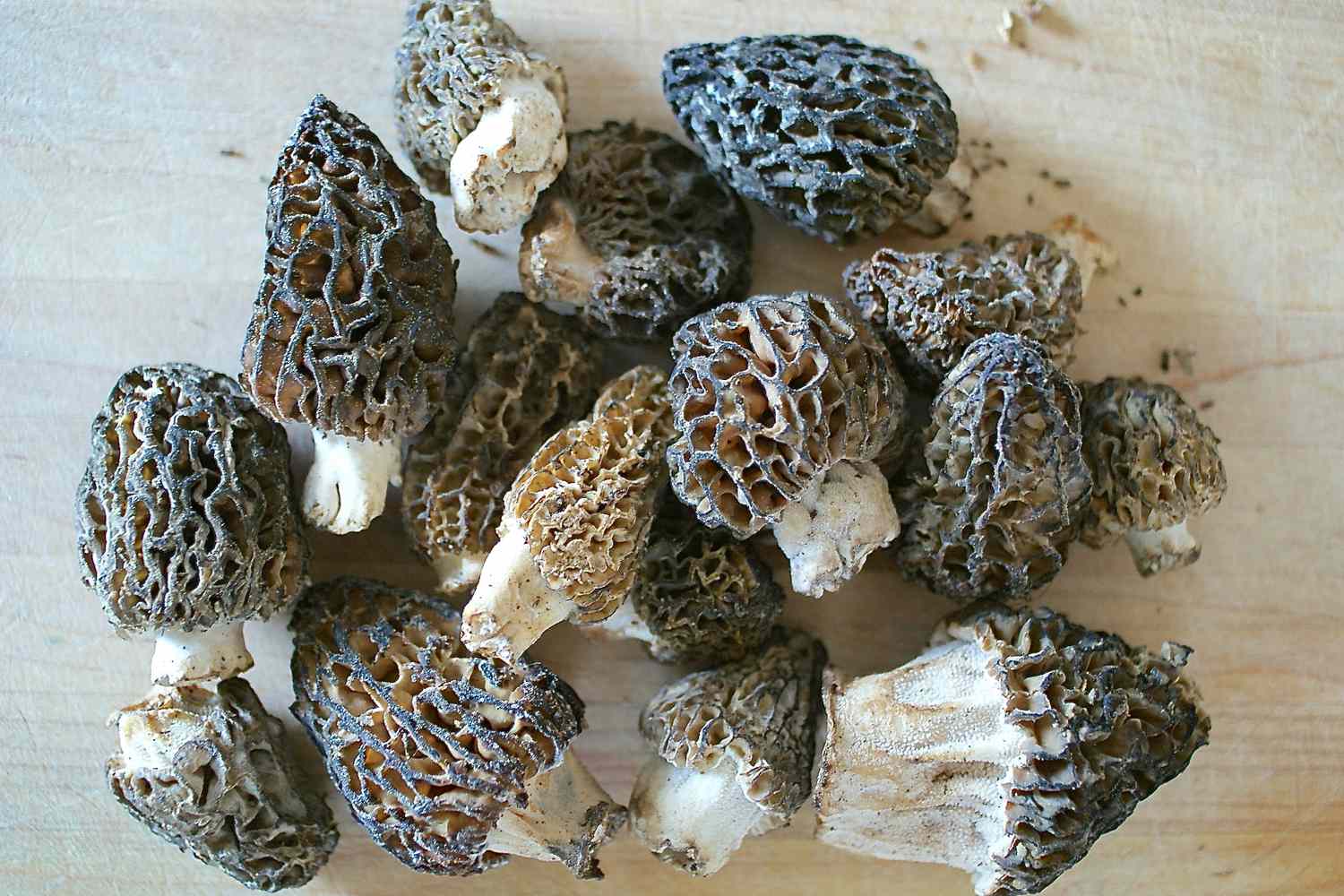
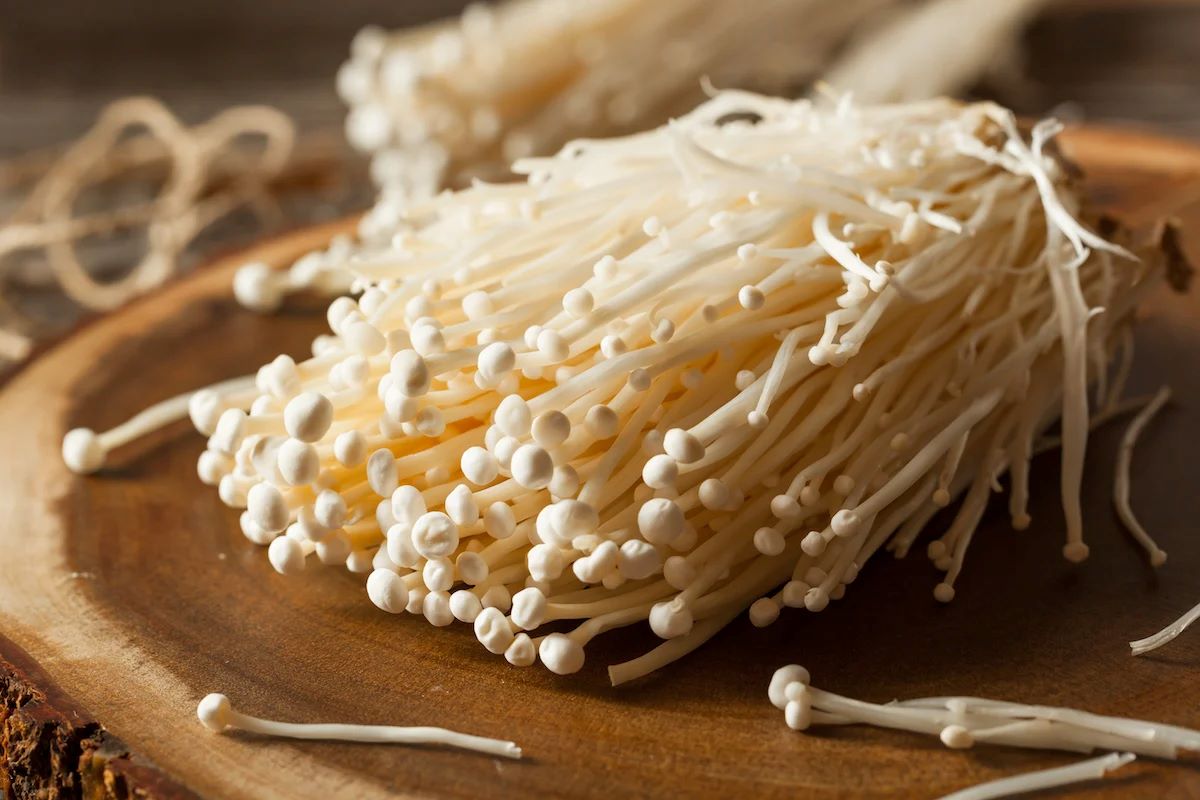
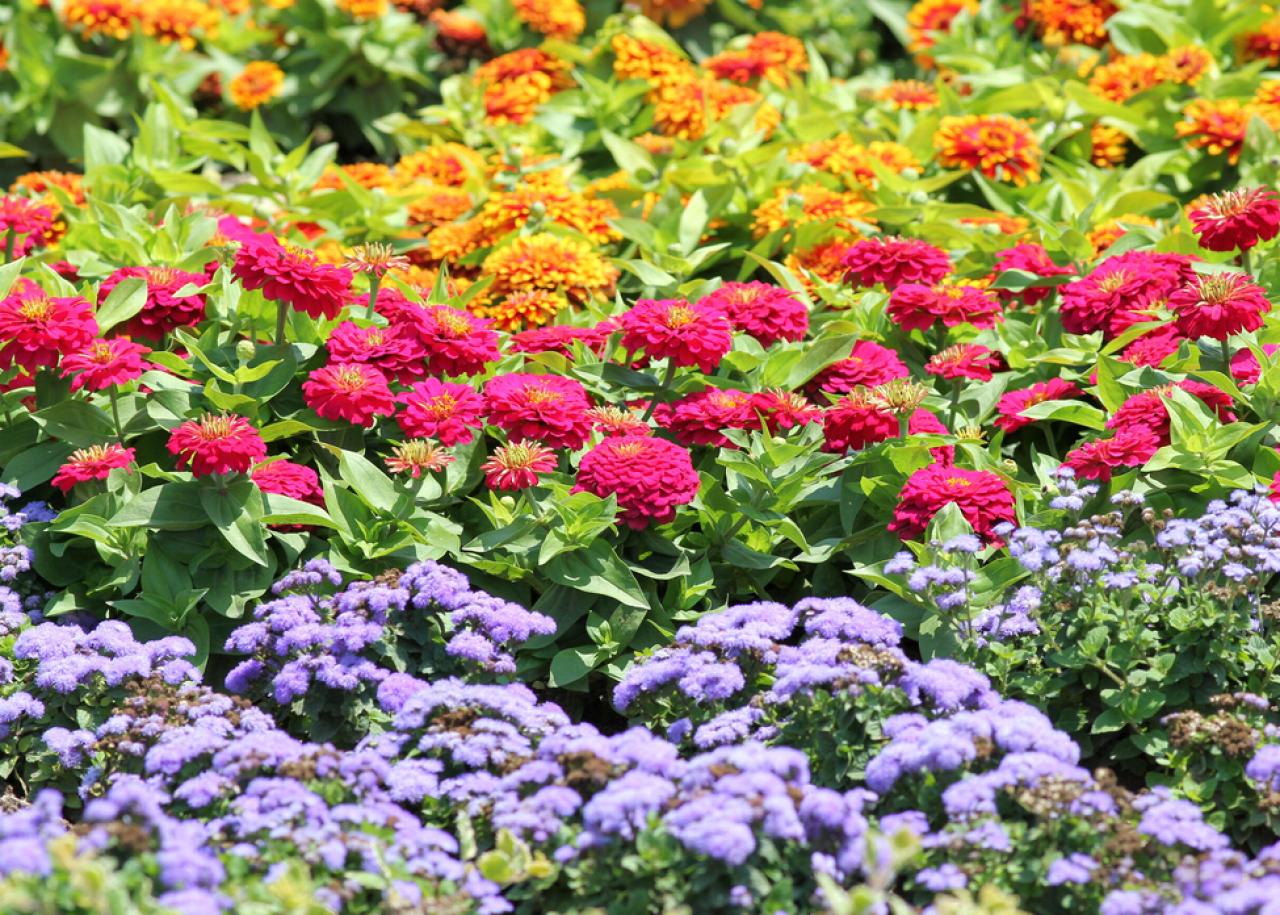
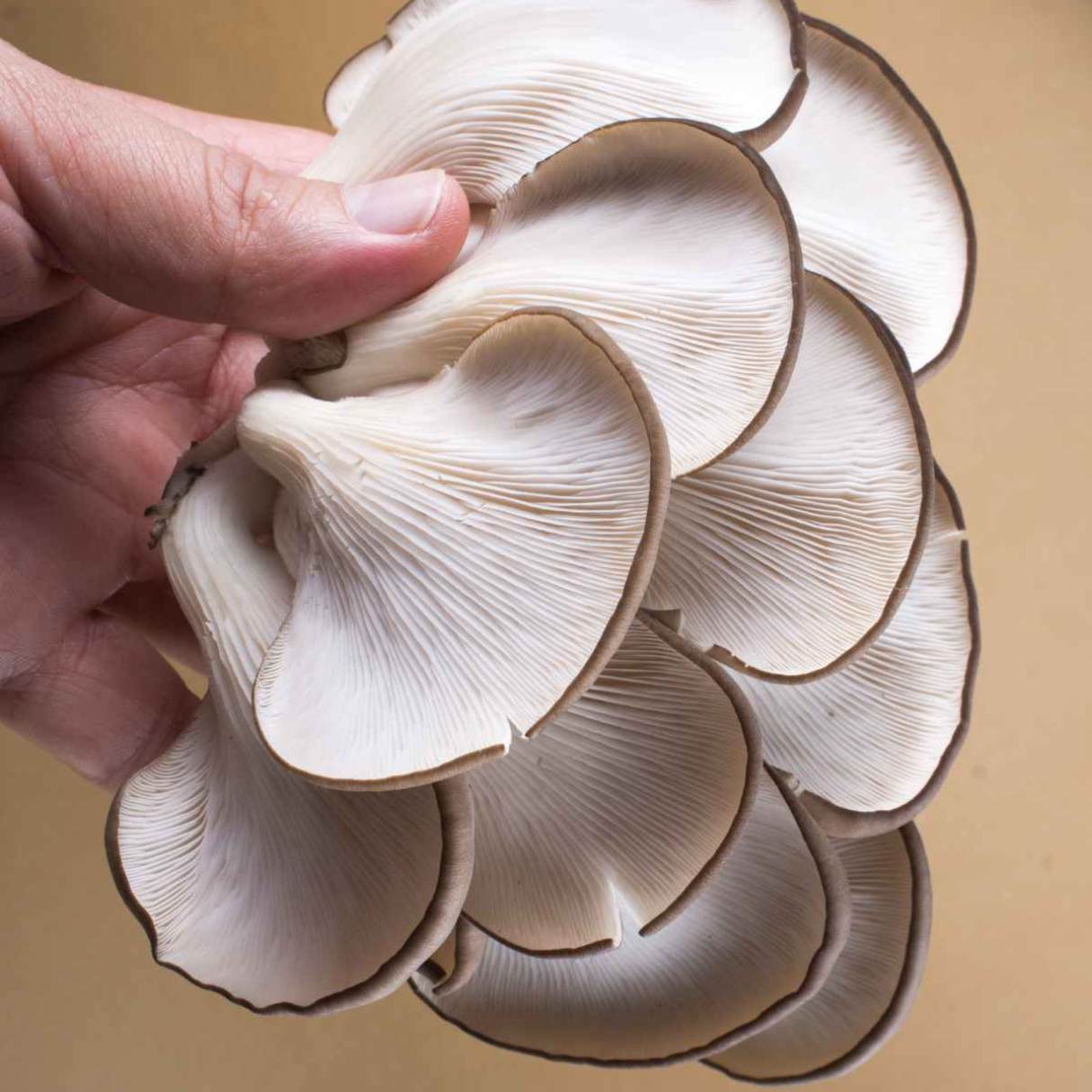
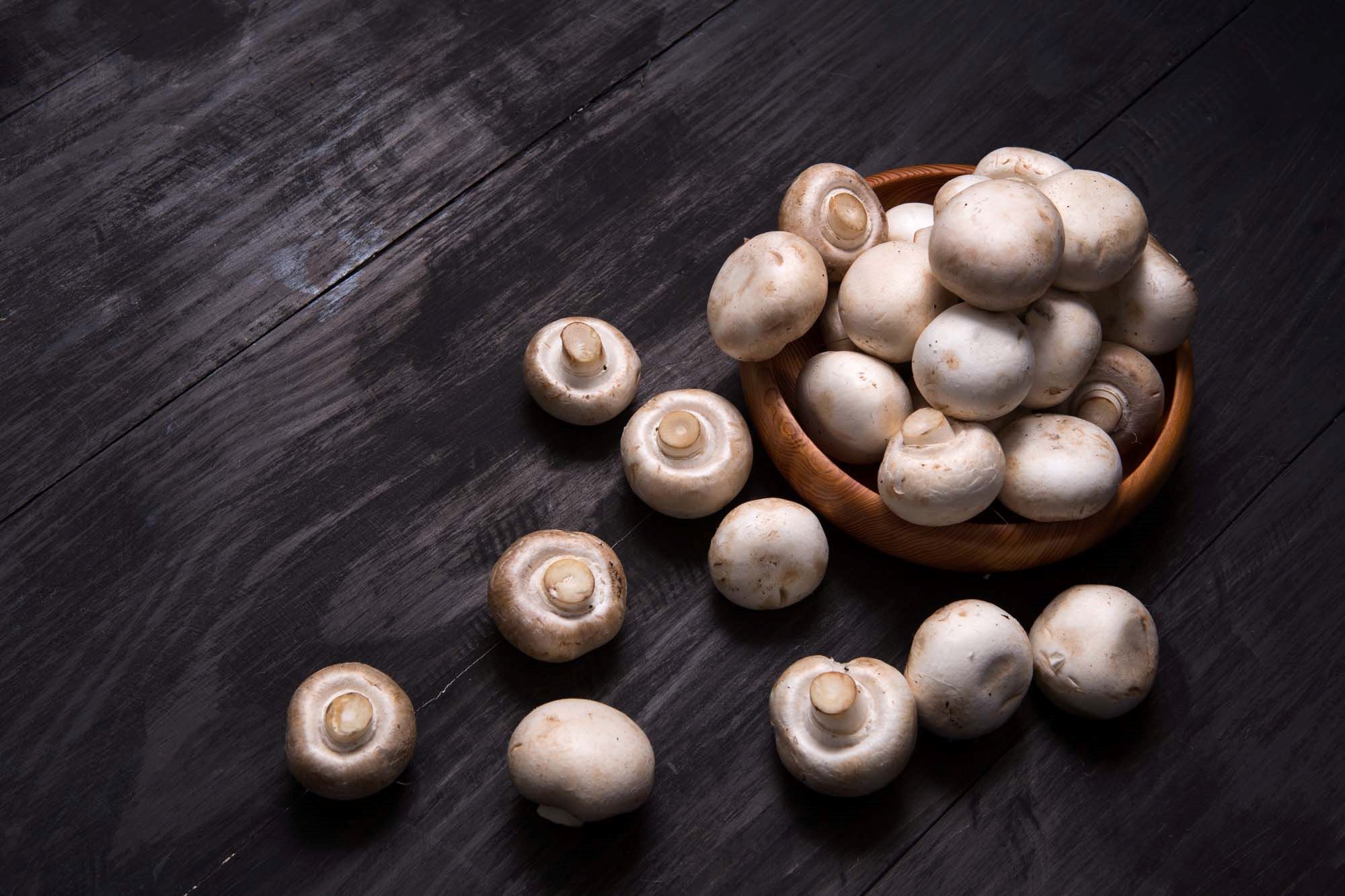
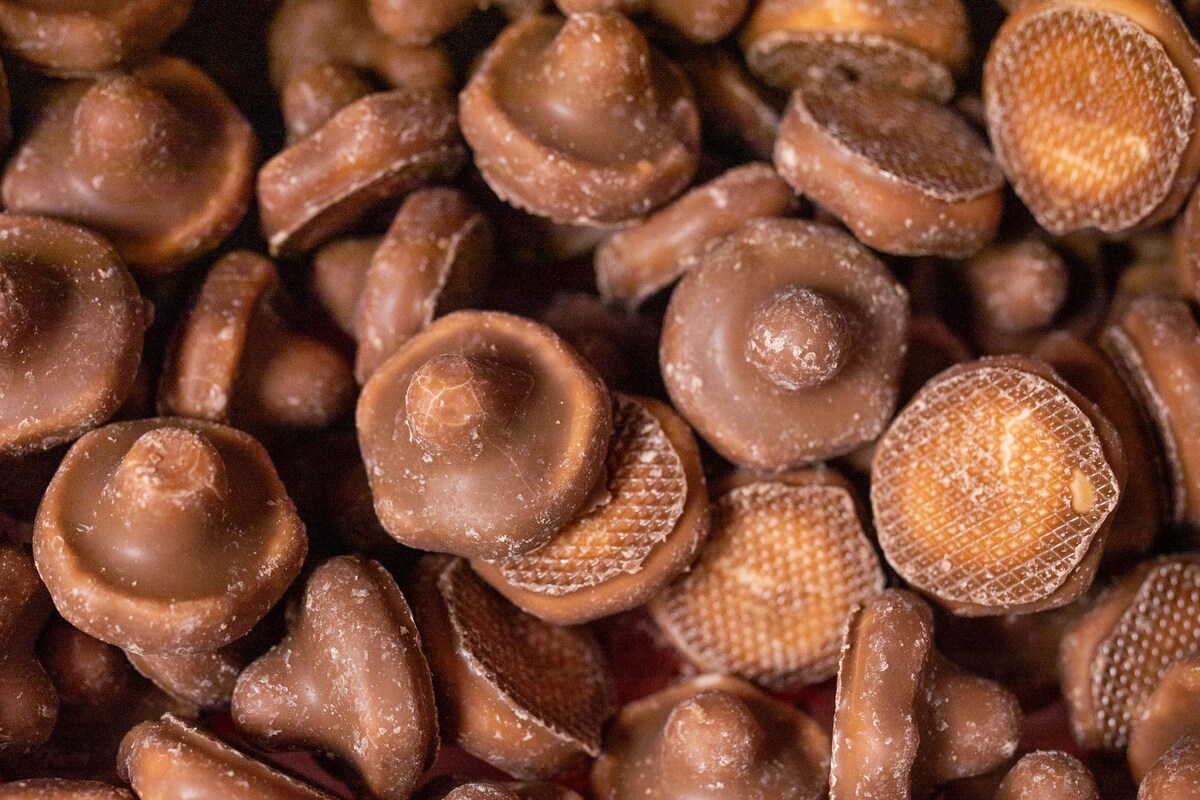
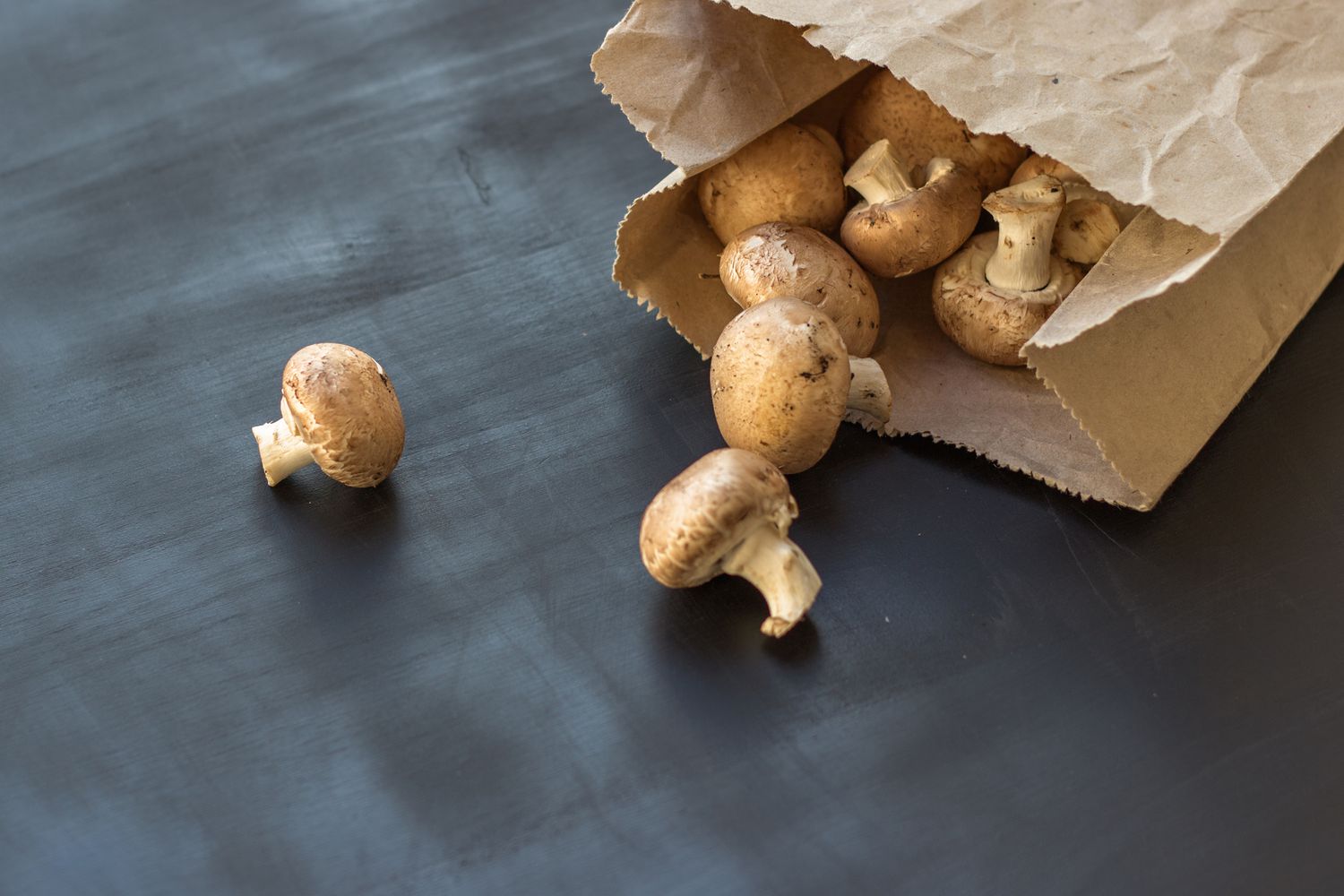

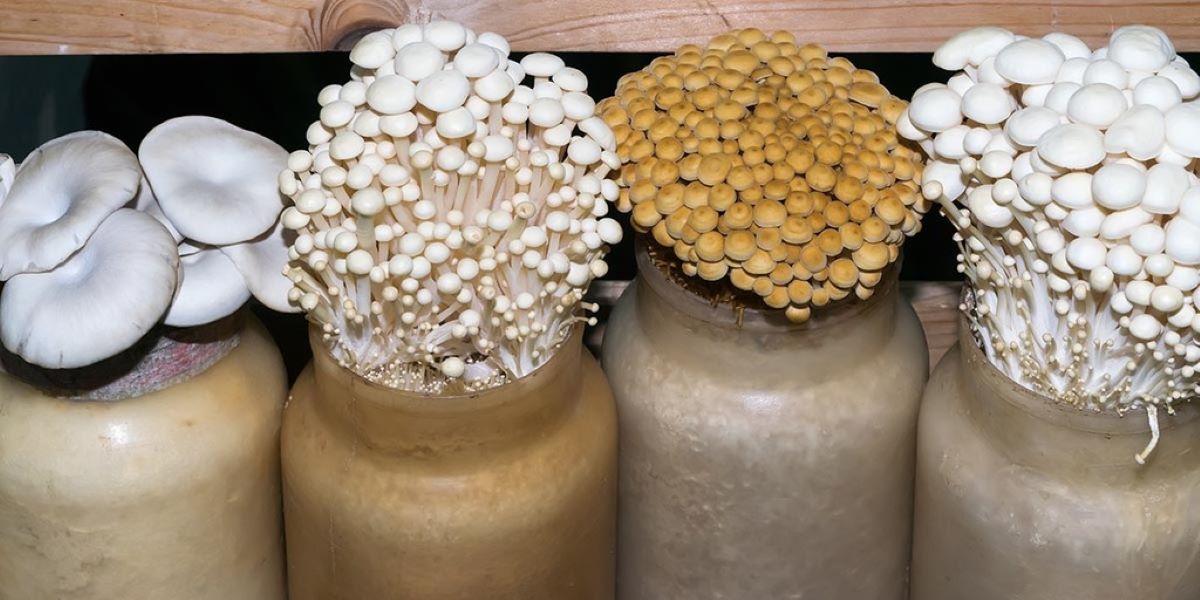
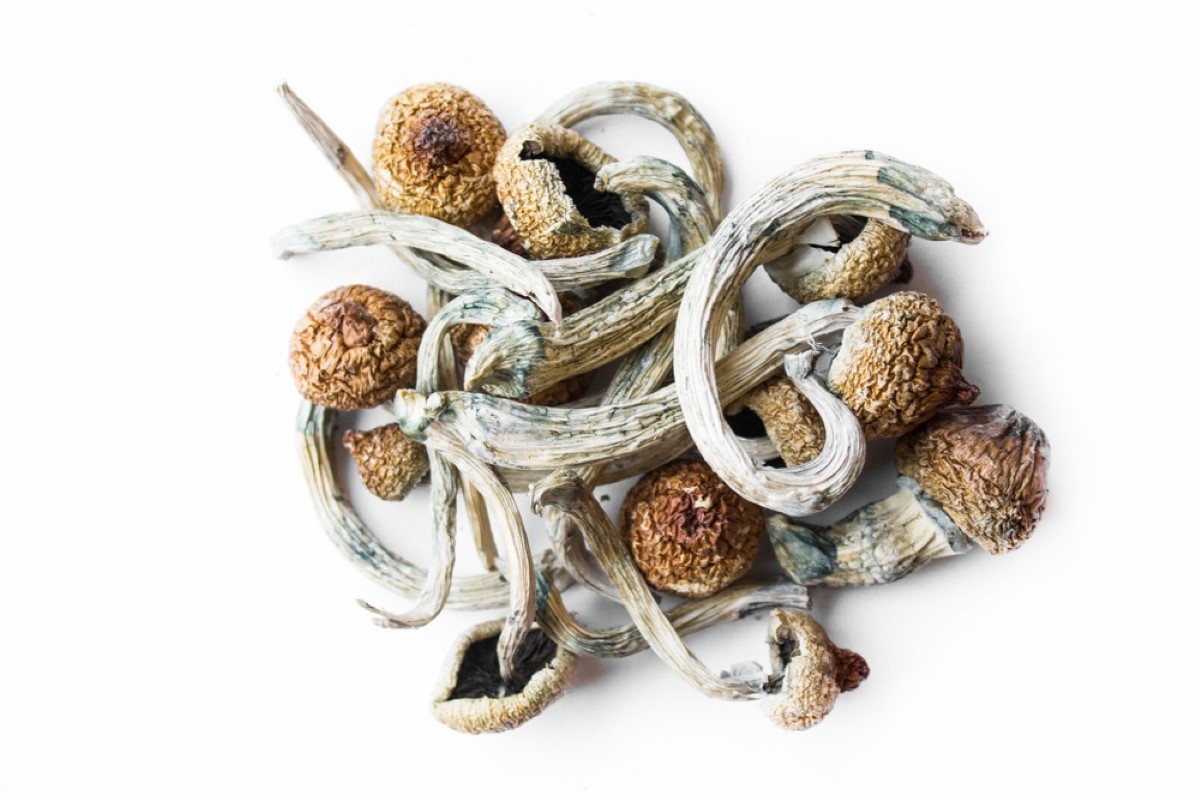
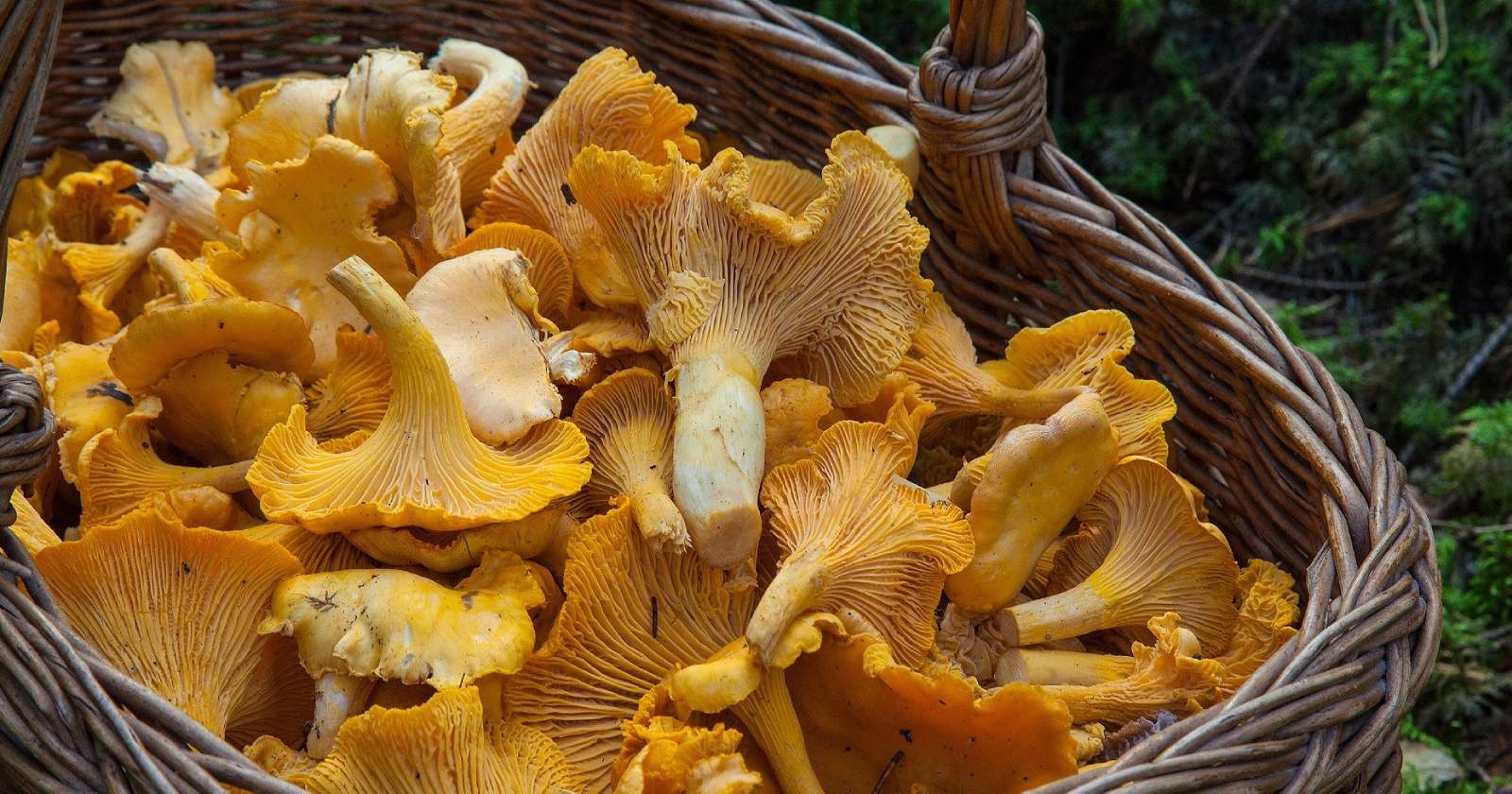
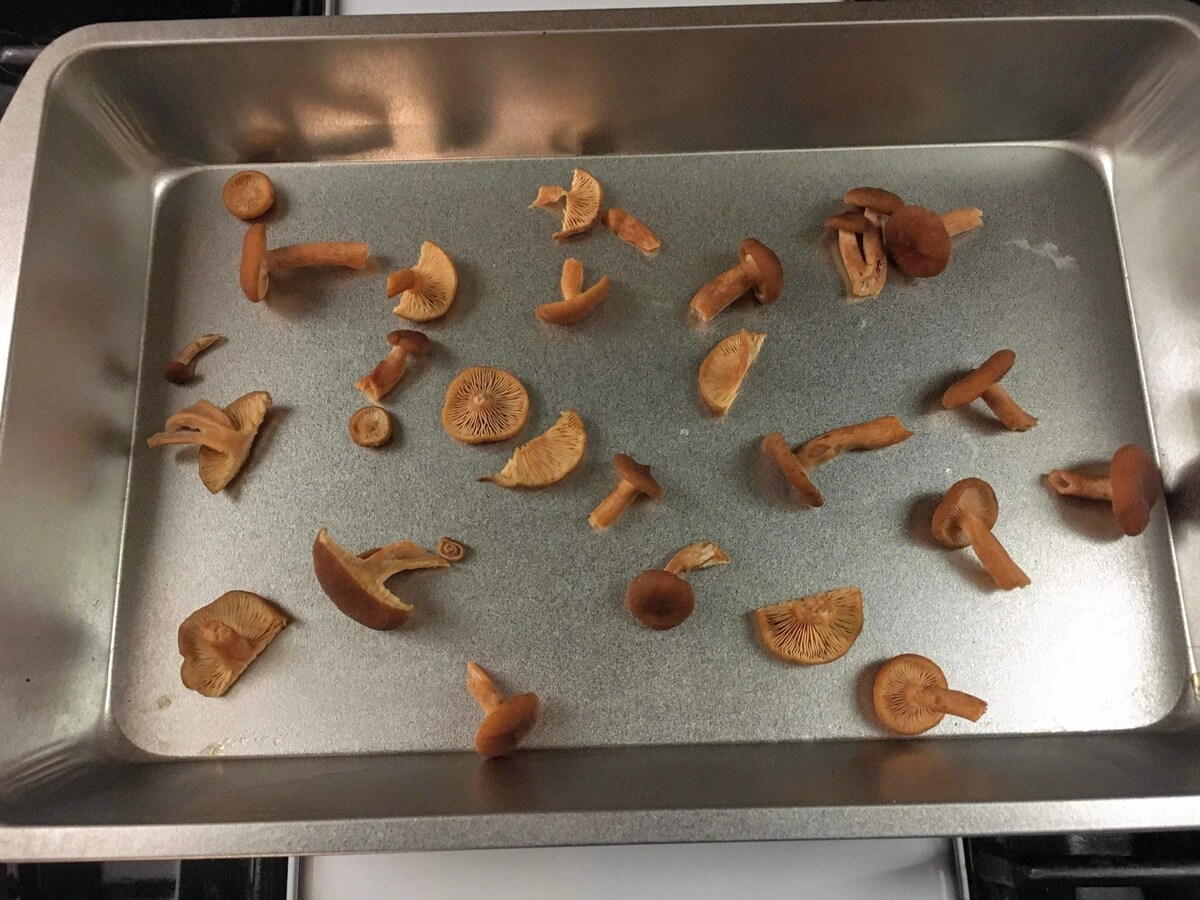
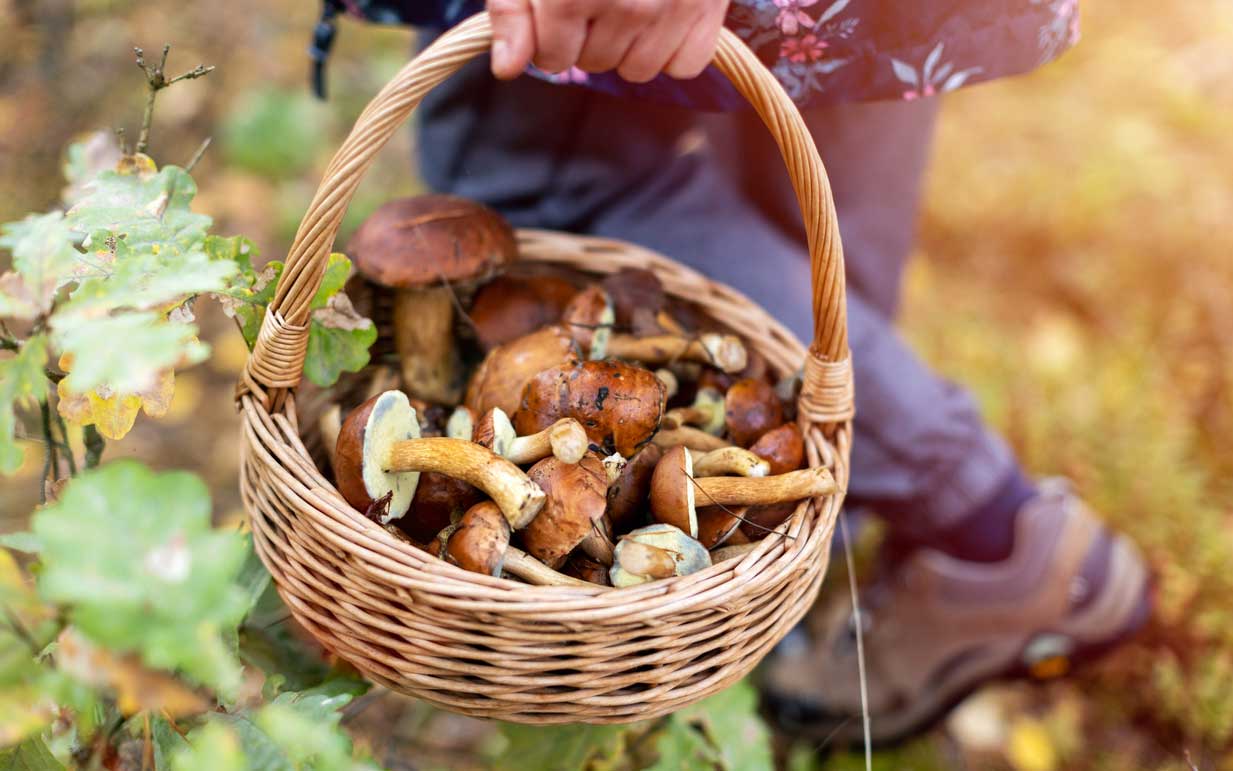

0 thoughts on “How To Grow Outdoor Mushrooms”